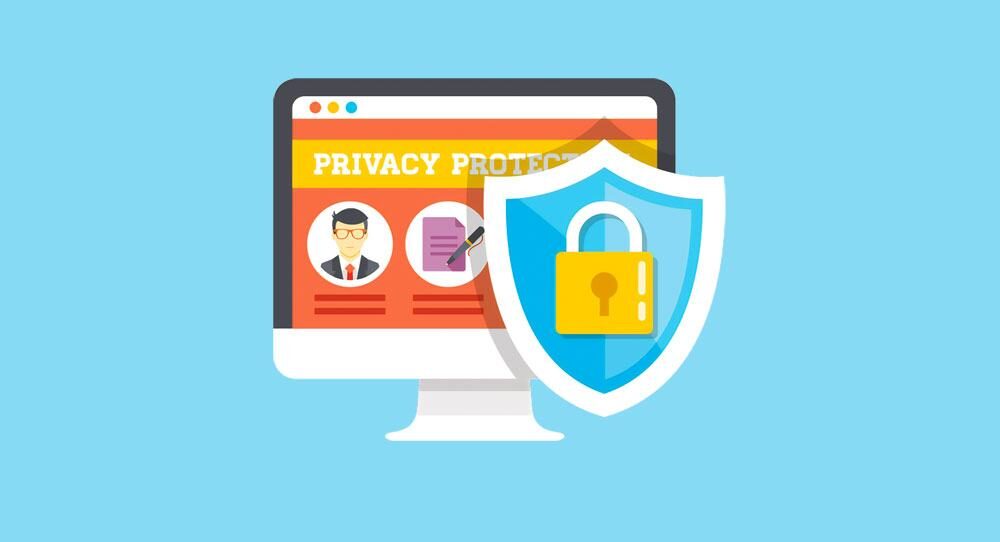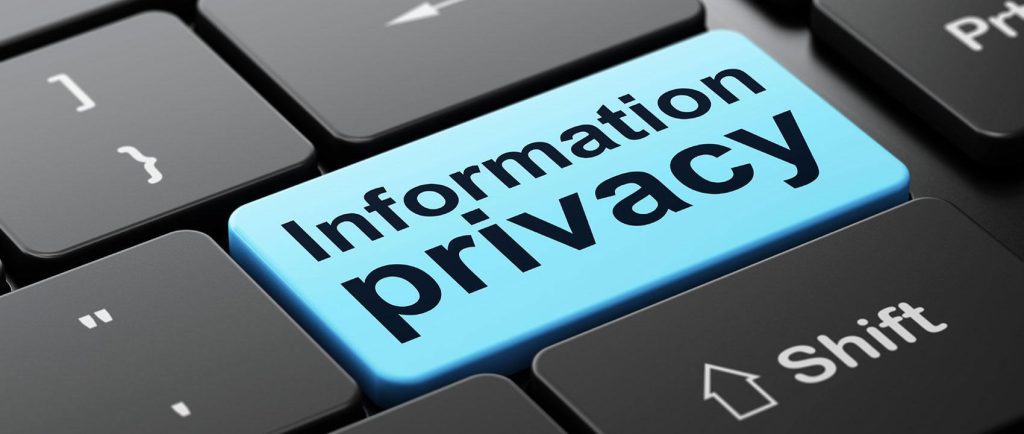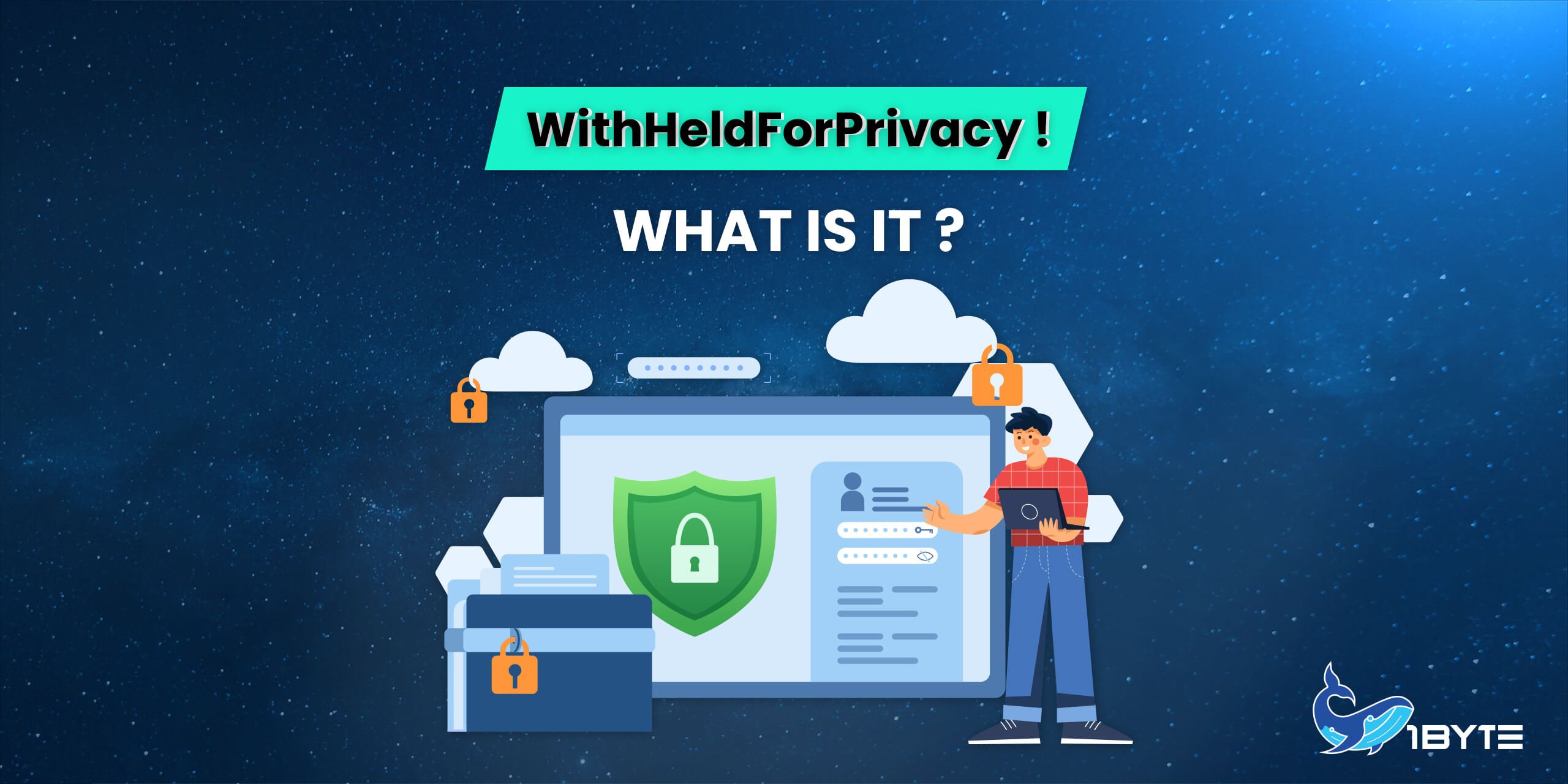To shield you from potential spam and even identity theft, when you enable the Domain Privacy service for a domain, it makes the Withheldforprivacy.com protected information available to the public rather than your contact information.
How Is Domain Privacy Implemented?
Your personal email address will be changed to a special Withheldforprivacy.com one, and all emails sent to that address will be redirected to the one you provided as the Registrant.

You can also choose to plan a change in your Withheldforprivacy.com email address every few days in order to increase the privacy of your online presence. This should give you further defense against spam because mail gathered from Whois expires after a few days.
What Is Withheld for Privacy?

- In essence, Withheld for Privacy is domain privacy. When you register a domain, you are required by ICANN to give registrars up-to-date personal information such as name and contact information, which is then required to be displayed publicly.
- While there is no official Whois directory, the public output that registrars must display acts as a vast address book for domains. Each Whois record contains details on the registrant (.e.g. you), registrar (e.g., Namecheap), name servers, expiry date, and so on. Your information includes your name, address, email, and phone number.
- This information is a vital resource if any issues should arise regarding your domain, such as from ownership confirmation. ICANN requires that it is shared publicly by default (unless you are protected by the GDPR, but more on this later).
- Sharing your registrant information publicly has many drawbacks. The largest is that anyone can find your information online and use it however they please, including to spam you.
- If you want to make sure your personal contact information is not made available to the public, you can use a domain privacy service. At Withheld for Privacy, your customer information stays with you.
How Does It Work?
Withheld for Privacy replaces real customer contact details, with our own, generated information. Here’s an example of how it works:
| Without WithheldforPrivacy | With WithheldforPrivacy |
| (Your domain info is unprotected) | (Your domain info is protected) |
FAQs
1. Can I require make my customer information public, while also following privacy laws?
Registrars are mandated by ICANN policies to release information to the public. Personal information, including email address and phone number, is by default intended to be made public when a consumer registers a domain.
The EEA, where customers are safeguarded by the GDPR, is the only region in which ICANN will permit a registrar to “redact” Whois registrant information. This, in our opinion, is not a total privacy solution. And this is why:
First off, a lot of registrants live outside the EEA and prefer that their Whois information not be made public. Despite the fact that individuals can be protected by country laws from having their information published, As a registrar, you have the option of applying “redaction” to all domains that permit it. Redaction alone does not shield your consumers from “onward sharing,” which is required by other parties like registries.
2. Why is information sometimes “Withheld for Privacy”?
Information is withheld for privacy to prevent the disclosure of sensitive or personal details that could compromise the security, safety, or confidentiality of individuals.
3. In what contexts is the phrase “Withheld for Privacy” commonly used?
The phrase is commonly used in legal documents, public records, reports, and any situation where revealing certain information could infringe upon an individual’s privacy rights.
4. Who decides when information should be “Withheld for Privacy”?
The decision to withhold information for privacy is typically made by the entity responsible for releasing the information. This could be a government agency, organization, or any entity handling sensitive data.
5. What types of information are usually “Withheld for Privacy”?
Personal identifiers such as names, addresses, phone numbers, and other details that could be used to identify individuals are often withheld for privacy. Additionally, sensitive information like medical records or financial data may be protected.
6. Can individuals request information to be “Withheld for Privacy” in certain situations?
In some cases, individuals may request privacy protection for specific information, especially when dealing with public records or legal matters. However, the decision ultimately depends on relevant laws and policies.
7. Is “Withheld for Privacy” the same as redaction?
Yes, the term is often used interchangeably with redaction. Redaction involves the removal or obscuring of certain information to prevent its disclosure.
8. How long is information typically “Withheld for Privacy”?
The duration for which information is withheld for privacy can vary. In some cases, it may be permanent, while in others, it might be temporary, depending on legal requirements or the sensitivity of the information.
9. Can information marked as “Withheld for Privacy” ever be disclosed?
There are situations, such as legal proceedings or specific permissions, where information marked as “Withheld for Privacy” may be disclosed. However, this is typically done with careful consideration of privacy laws and regulations.
10. What steps can organizations take to ensure proper handling of “Withheld for Privacy” information?
Organizations can establish clear policies, train personnel on privacy practices, and comply with relevant privacy laws to ensure the proper handling of information marked as “Withheld for Privacy.” This may involve secure storage, controlled access, and responsible disclosure practices.

